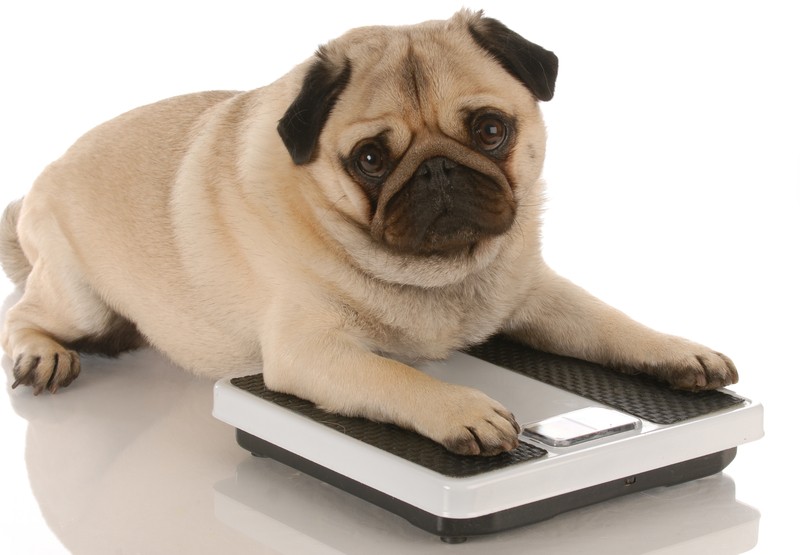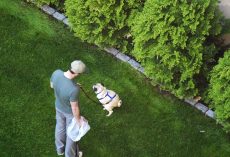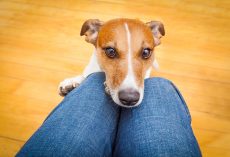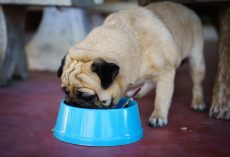Making sure our pets are happy and healthy is our number one priority as dog parents. If you think you're dog might be unhealthy and obese, these warning signs can confirm it. Find out what to look for and what you can do to help your pooch! He needs your help!
No matter whose research you’re reading, the findings are consistent: More than half of all dogs in America are overweight or obese.
1. Can you feel your dog’s ribs?
If you’re having to feel around, or apply pressure before making contact with a rib bone, your dog may be overweight. The rib-cage test is significant because the ribs shelter the lungs, and lungs need room to expand. That room is curtailed by the presence of excessive fatty tissue.2. You dog has difficulty breathing and limited stamina
Dogs who are having consistent trouble breathing, or dogs who become tired quickly and after very little physical exertion, may be obese. Excessive panting is a related sign, one that indicates that your dog is having difficulty getting fresh, oxygenated blood to his vital systems.3. Your dog has digestive problems and constipation
If your dog is having regular problems defecating and struggling with repeated bouts of constipation, obesity could be a major factor.4. Your dog is moving gingerly
Obese dogs may move gingerly or assume resting positions with effort. Obesity in dogs is a contributing factor to bone and joint problems such as arthritis or hip dysplasia. An obese dog’s legs, back, and joints are placed under constant, unrelenting strain. In dogs already at risk, obesity only speeds the rate of musculoskeletal deterioration.5. Your dog as a blocky body shape
Despite the wide range of frames and body types among dogs, there does tend to be a typical healthy body shape. A blocky, endomorphic dog with no difference in girth from ribs to hips is likely to be dangerously overweight.Combat canine obesity with consistent effort
Is your dog looking for easy ways to lose weight? Probably not, because he is a dog and will eat and do whatever you permit. Weight loss is perhaps easier for a dog to manage, but dog owners have to be willing to commit.Regular exercise is also essential. This is nothing you haven’t heard before, and yet it remains just as vital. Many sources recommend a 15-minute walk twice daily. Don’t have the time? Engage a professional dog walker! There are countless ways to keep your dog active throughout her life, but consistency and routine are key.
It’s about quality of life
Some dog breeds are prone to obesity — Basset Hound, Beagle, Bichon Frise, Bulldog, Chihuahua, Cocker Spaniel, Dachshund, Dalmatian, German Shepherd, Labrador Retriever, Newfoundland, Pug, Rottweiler, Saint Bernard, Shetland Sheepdog, and a variety of Terriers — but that doesn’t mean it’s inevitable.
Now that you know the warning signs, getting your obese doggy the help he needs will be a lot easier. Remember that we control his food portions and we can help Fido get fit again. Help you doggy get healthy!
For more information on dog obesity, visit Dogster.









